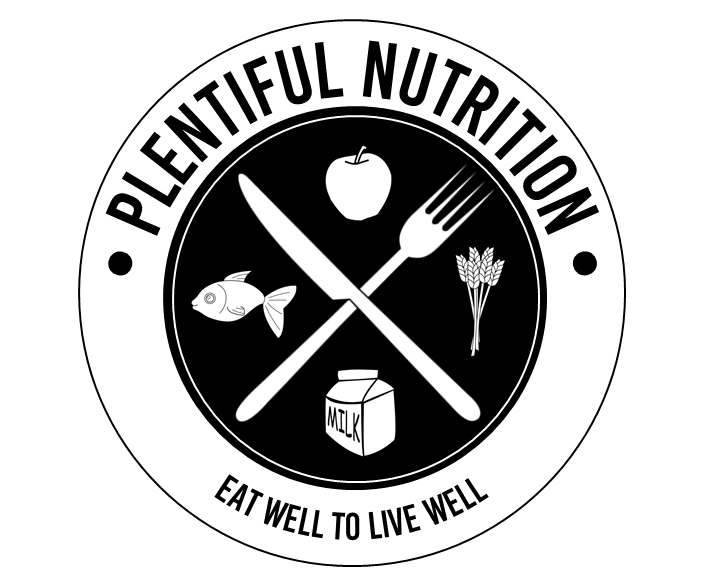 |
| Credit: http://goo.gl/qV1oI9 |
Most people are familiar with the food pyramid and have a general idea of how much they should be eating. Many of us are aware that we should be eating 5 serves of vegetables and 2 serves of fruit per day. But what is a serve? It's easy enough to tell people how any serves they should be eating, however I guarantee that each person has a different idea of what it actually consists of.
To help you guys out the Australian Government has created an excellent resource which includes the number of serves required and what an actual serve is. All images on this page are copyright of the National Health and Medical Research Council (2013) and can be accessed through the link supplied below.
Get the resource here: Eat for Health - Australian Dietary Guidelines - Summary (NHMRC, 2013)
To begin, I believe it's important to remind us all of the 5 different food groups:
- Vegetables and legumes/beans
- Fruit
- Grain (cereal) foods, mostly wholegrain and/or high cereal fibre varieties
- Lean meats and poultry, fish, eggs, tofu, nuts/seeds, legumes/beans
- Milk, yoghurt cheese and/or alternatives, mostly reduced fat
Throughout different stages of your life you, and depending on whether you are male or female, you actually require different amounts of each food group. This is due to periods of growth and development, changes in hormonal balance, and increases or decreases in requirements (i.e., physical activity level, height).
Sample daily food patterns for children and adolescents
Sample daily food patterns for adults
But the question still remains, what is a serve? Well a serve is the amount of food or drink generally consumed in one sitting. Now a serving size differs not only depending on each food group, but also within food groups. To simplify things, dietitians generally group serving sizes depending on their energy content and weight. However, it would be silly to expect people to remember the energy content and weight of differing foods. Therefore it is much each to talk in number or metric measures (i.e., cups, teaspoons, tablespoons). Below are images copied from the above supplied resource indicating serving sizes of different foods that fall into each food group.








No comments:
Post a Comment